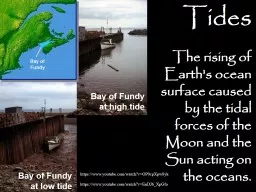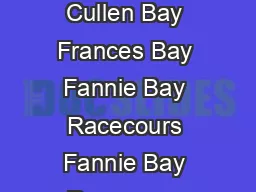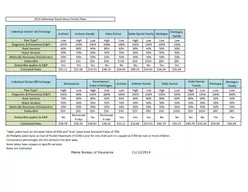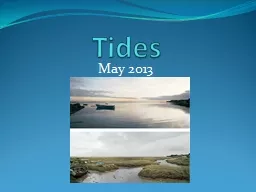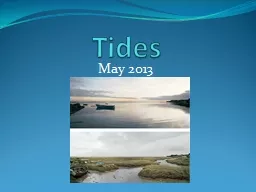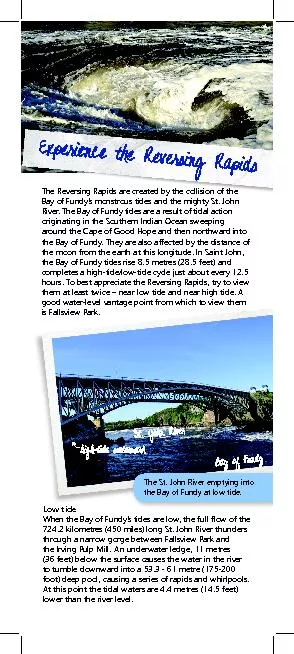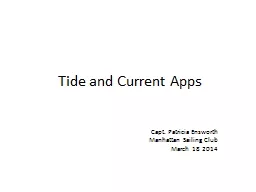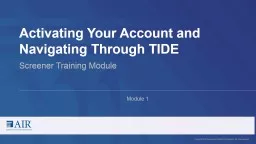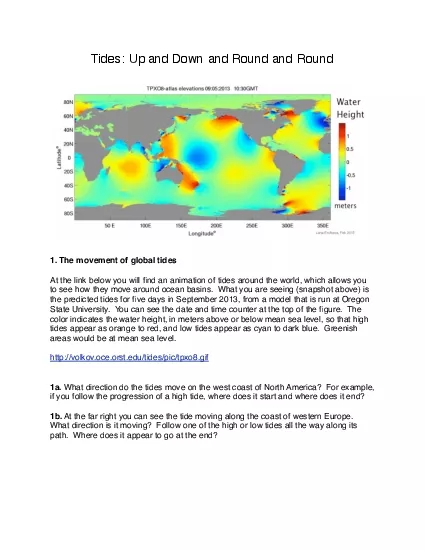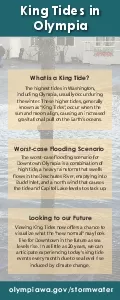PPT-Bay of Fundy at low tide
Author : medshair | Published Date : 2020-08-27
Tides Bay of Fundy at high tide The rising of Earths ocean surface caused by the tidal forces of the Moon and the Sun acting on the oceans httpswwwyoutubecomwatchvOP0cpXpw8yk
Presentation Embed Code
Download Presentation
Download Presentation The PPT/PDF document "Bay of Fundy at low tide" is the property of its rightful owner. Permission is granted to download and print the materials on this website for personal, non-commercial use only, and to display it on your personal computer provided you do not modify the materials and that you retain all copyright notices contained in the materials. By downloading content from our website, you accept the terms of this agreement.
Bay of Fundy at low tide: Transcript
Download Rules Of Document
"Bay of Fundy at low tide"The content belongs to its owner. You may download and print it for personal use, without modification, and keep all copyright notices. By downloading, you agree to these terms.
Related Documents

